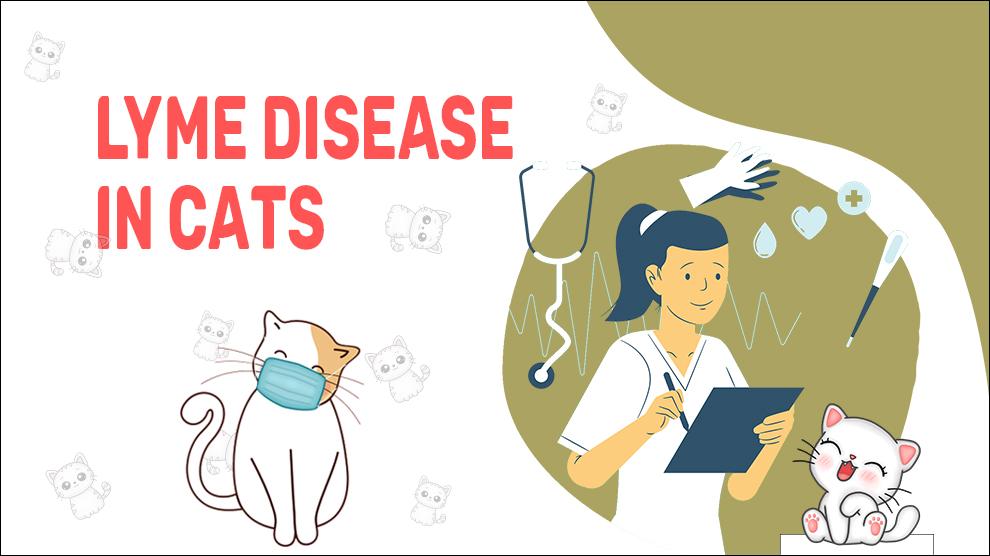What Is Lyme Disease In Cats?
Lyme disease is a tick-borne illness caused by a bacterium called Borrelia burgdorferi. It is most commonly associated with dogs, but cats can also contract the disease.
While the symptoms of Lyme disease in cats are generally less severe than in dogs, it can still cause health problems if left untreated.
Clinical Signs Of Lyme Disease In Cats
The symptoms of Lyme disease in cats can be vague and may not appear for several weeks after infection.
Some common symptoms include:
- Lethargy
- Loss of appetite
- Fever
- Swollen joints
- Lameness
- Stiffness
- Difficulty breathing
- Kidney failure (in severe cases)
- Fatigue
- Vomiting
- Weight Loss
- Edema
- Stiff Walk
- Sensitivity To Touch
- Excessive Panting
- Frequent Urination
- Excessive Thirst
- Diarrhea
Treatment Options For Lyme Disease In Cats
The treatment for Lyme disease in cats usually involves a course of antibiotics. The type and duration of antibiotics will depend on the severity of the infection.
In some cases, supportive care may also be necessary, such as fluid therapy or pain management. It is important to start treatment as soon as possible to prevent the disease from progressing.
Home Remedies For Lyme Disease In Cats
There are no known home remedies for Lyme disease in cats. Treatment should always be overseen by a veterinarian, as untreated Lyme disease can lead to serious health problems in cats.
How To Prevent Lyme Disease In Cats?
Preventing Lyme disease in cats involves controlling tick populations and reducing the risk of exposure to ticks.
This can be done by:
- Checking cats for ticks regularly, especially after spending time outdoors
- Using tick prevention products, such as collars, topical treatments, or oral medications
- Keeping cats indoors during peak tick season
- Removing any ticks found on cats as soon as possible
- Keeping the yard free of leaf litter, tall grass, and other tick habitats
Affected Cat Breeds Of Lyme Disease
All breeds of cats can contract Lyme disease, but some may be more susceptible than others. Cats that spend a lot of time outdoors in areas with high tick populations are at a higher risk of infection.
Causes For Lyme Disease In Cats
Causes:
Lyme disease is caused by a bacterium called Borrelia burgdorferi, which is transmitted to cats through the bite of an infected tick.
The tick must be attached to the cat for at least 24 hours to transmit the bacterium. Lyme disease is more commonly found in certain parts of the United States, including the Northeast, Midwest, and West Coast.
When To See A Vet For Lyme Disease In Cats?
If you suspect that your cat may have Lyme disease, it is important to see a veterinarian as soon as possible.
Early treatment is essential for a full recovery, and delaying treatment can lead to more serious health problems.
Food Suggestions For Lyme Disease In Cats
There are no specific food suggestions for cats with Lyme disease. However, it is important to ensure that your cat is getting a well-balanced diet with all the necessary nutrients to support their immune system and overall health.
Conclusion
Lyme disease is a serious bacterial infection that can affect cats.
While it is less common in cats than in dogs, it is still important for cat owners to be aware of the symptoms and seek veterinary care if their cat displays any signs of the disease.
Early treatment is key to managing the infection and preventing more serious health problems from developing.
While there are no known home remedies for Lyme disease in cats, there are many effective treatments available through a veterinarian, including antibiotics and supportive care.
A well-balanced diet can also help support a cat's immune system and overall health.











